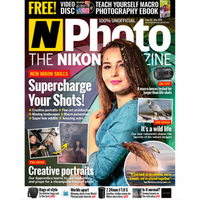Watch video: Photography hacks – Turn a Pringles can into a flash diffuser
Photography projects at home
• More home photography ideas
Useful home photography kit
• Best tripods
• Best lighting kits
• Best reflectors
• Best macro lenses
We all try our hand at macro photography, at some point during our time taking images. And the secret to great macro images is to make use of supplemental flash lighting – but some photographers are put off by the idea of investing in or learning new kit.
Well, if you don't want to investigate the best speed lights and best ringflash for macro photography, we've got a down and dirty photo hack for you involving your camera's humble pop-up flash!
All you need is an empty Pringles can, some tissue paper, a pair of scissors and some rubber bands.
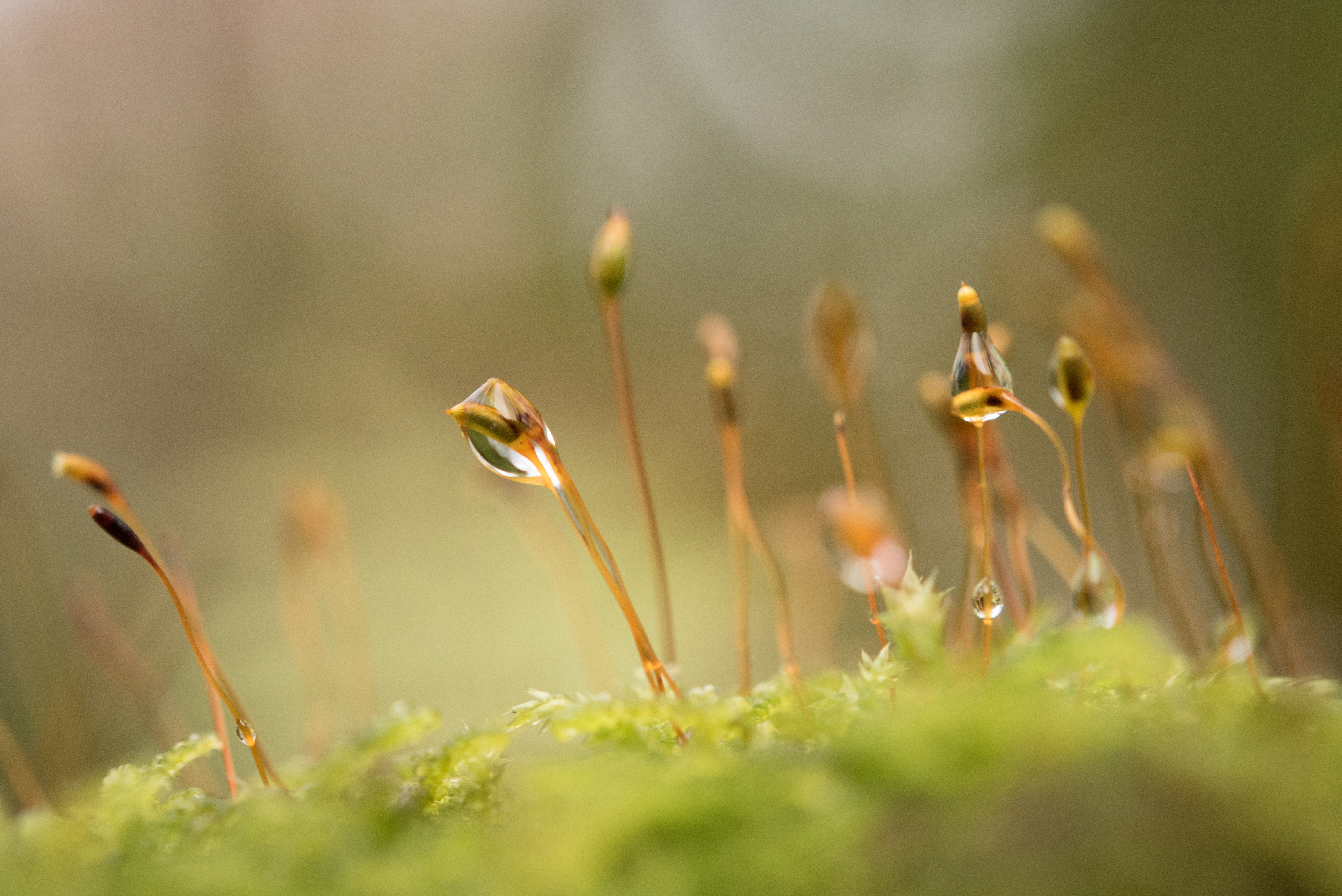
It's a little bit MacGyver, but these basic craft skills will pay dividends – the quality of light that's funneled through the DIY diffuser and into your subject is well worth the minimal effort!
• Best online photography courses
Once you pop (up), you can't stop
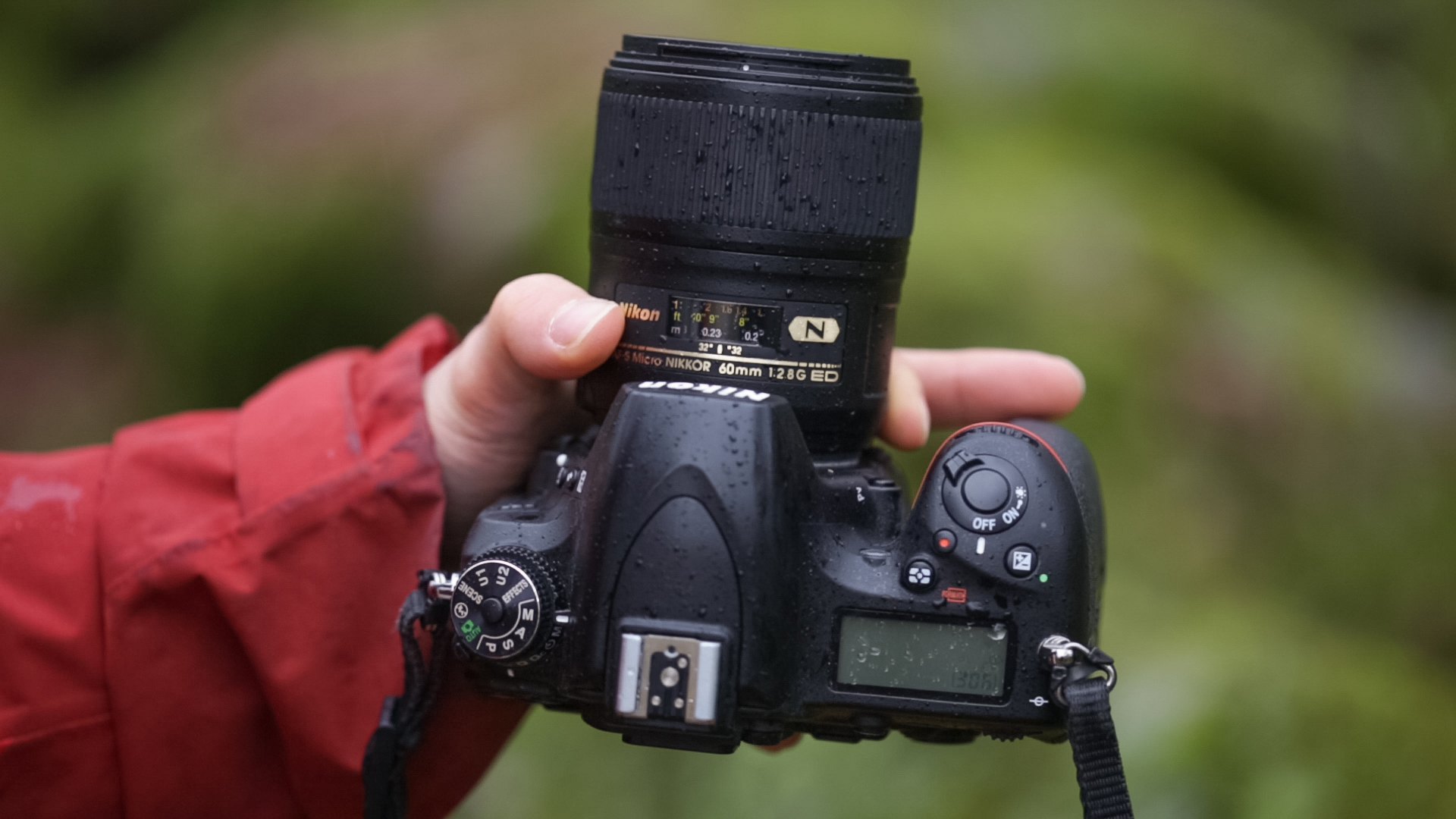
01 Set up your camera
Obviously you'll need a macro lens for this, and you'll also need to pop up your camera's flash. In the menus, select your camera's standard flash mode and drop the flash power to -1 stop.
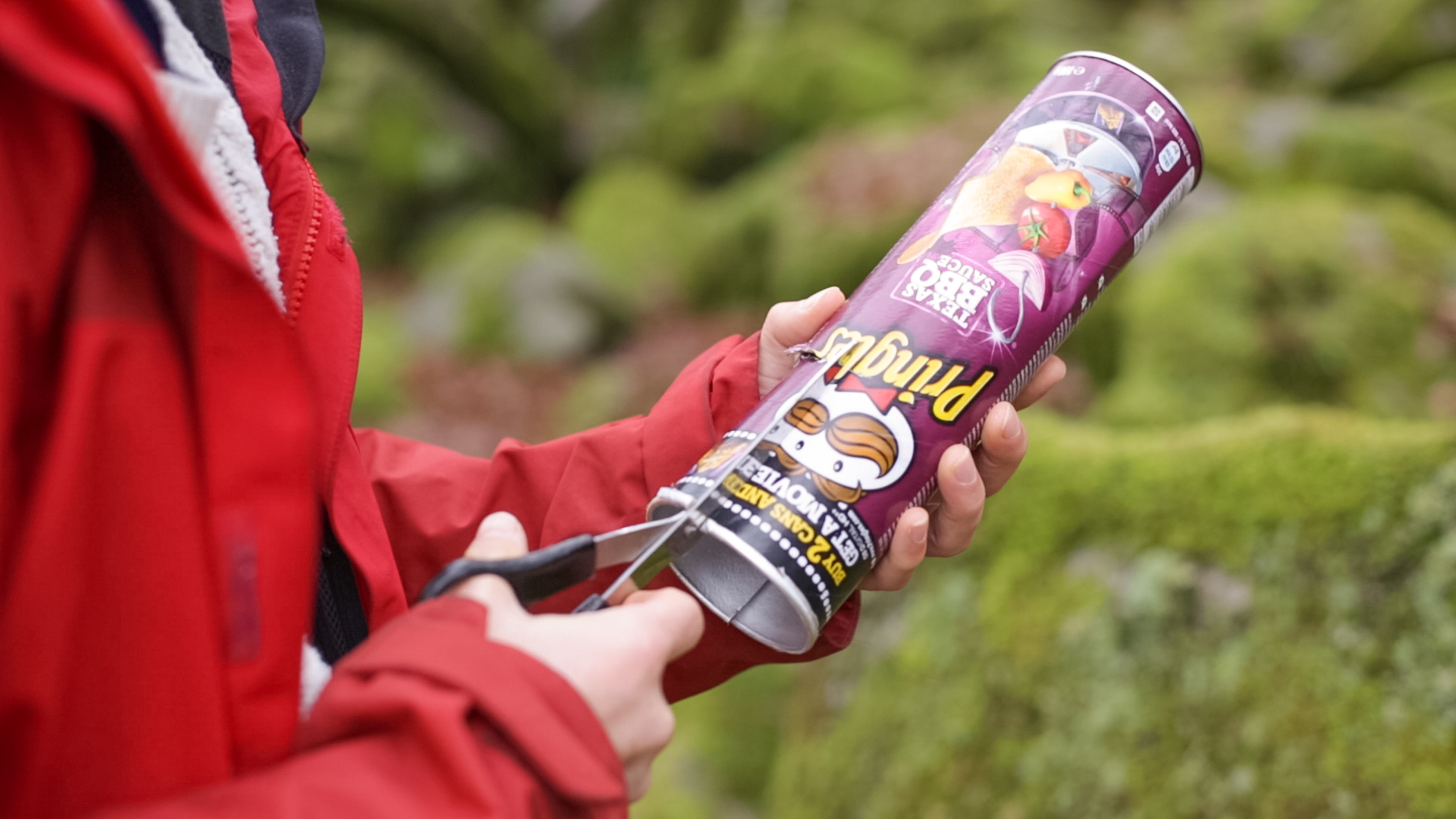
02 Shape the can
Of course, your Pringles can needs to be empty, so step 02A should be to eat all those chips first! Step 02B is to hold the can to your camera's flash unit and work out the area you'll need to cut away in order for it to fit. Try tracing the shape with a pen so you know where to cut to size. You'll also need to cut off the front of the can, at an angle, so that the light is angled down in front of the lens.
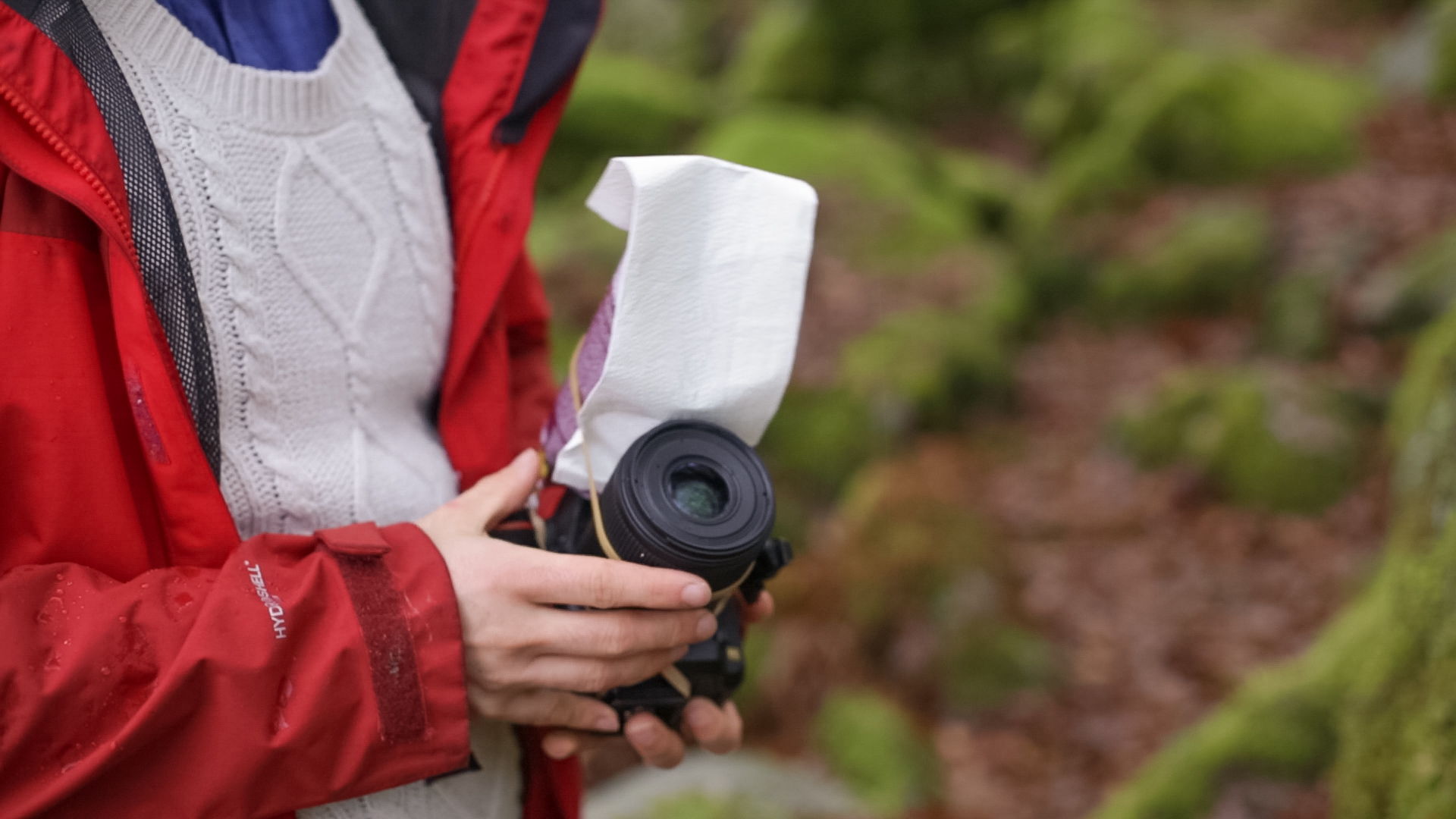
03 Add tissue paper
Now tape tissue paper across the angle you've cut, to diffuse the light and soften the shadows. Don’t use too many layers, or the flash power will be significantly reduced and you won’t be able to light your subjects properly. If you want something more robust, try a piece of shower curtain or shower cap cut to size.
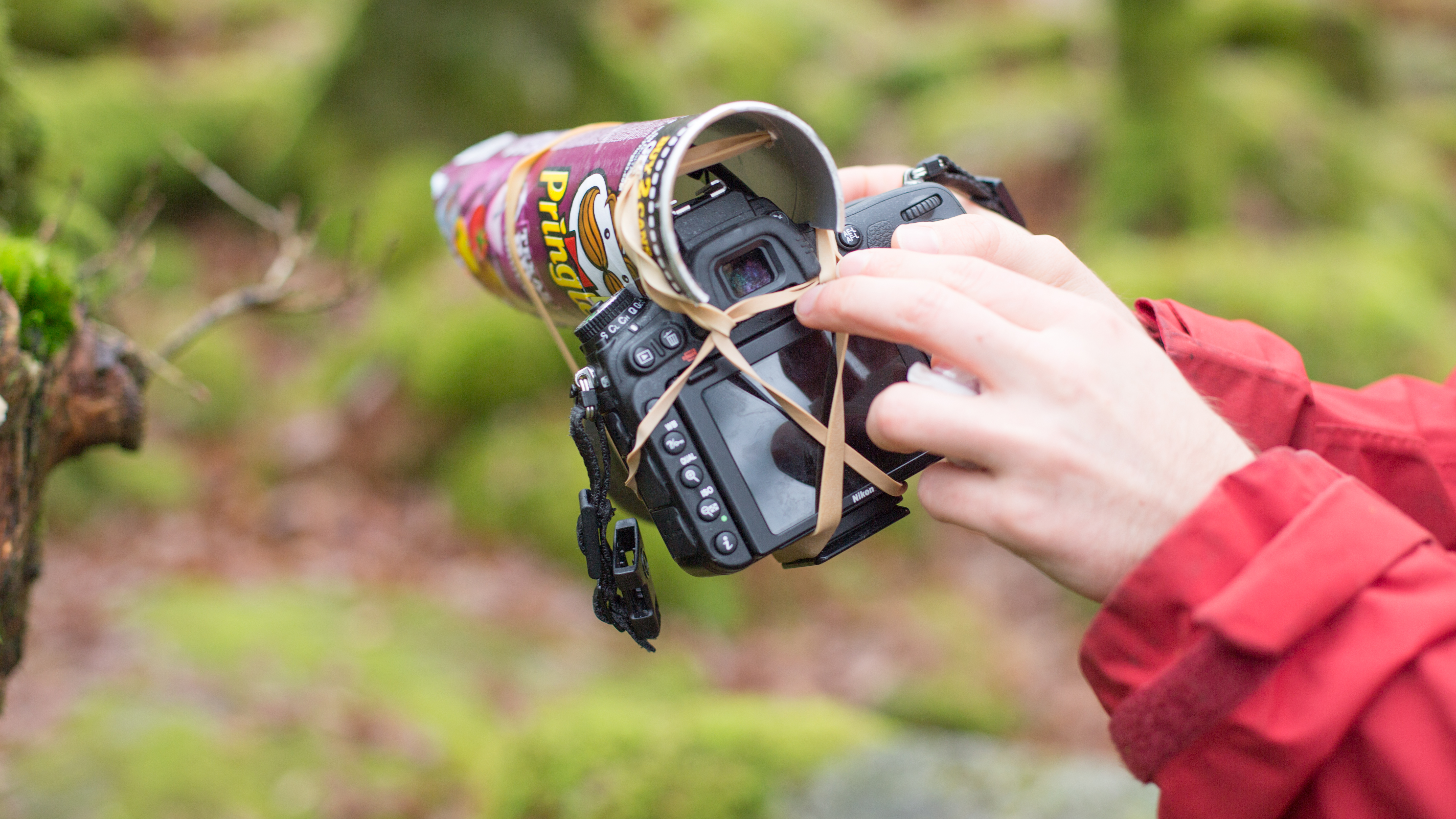
04 Attach your diffuser
Make holes in the can with scissors, and poke rubber bands through them to strap the diffuser around your camera. Using these bands makes it easy to take the
can off when you want to shoot something other than a close-up (as we did while walking around this forest).
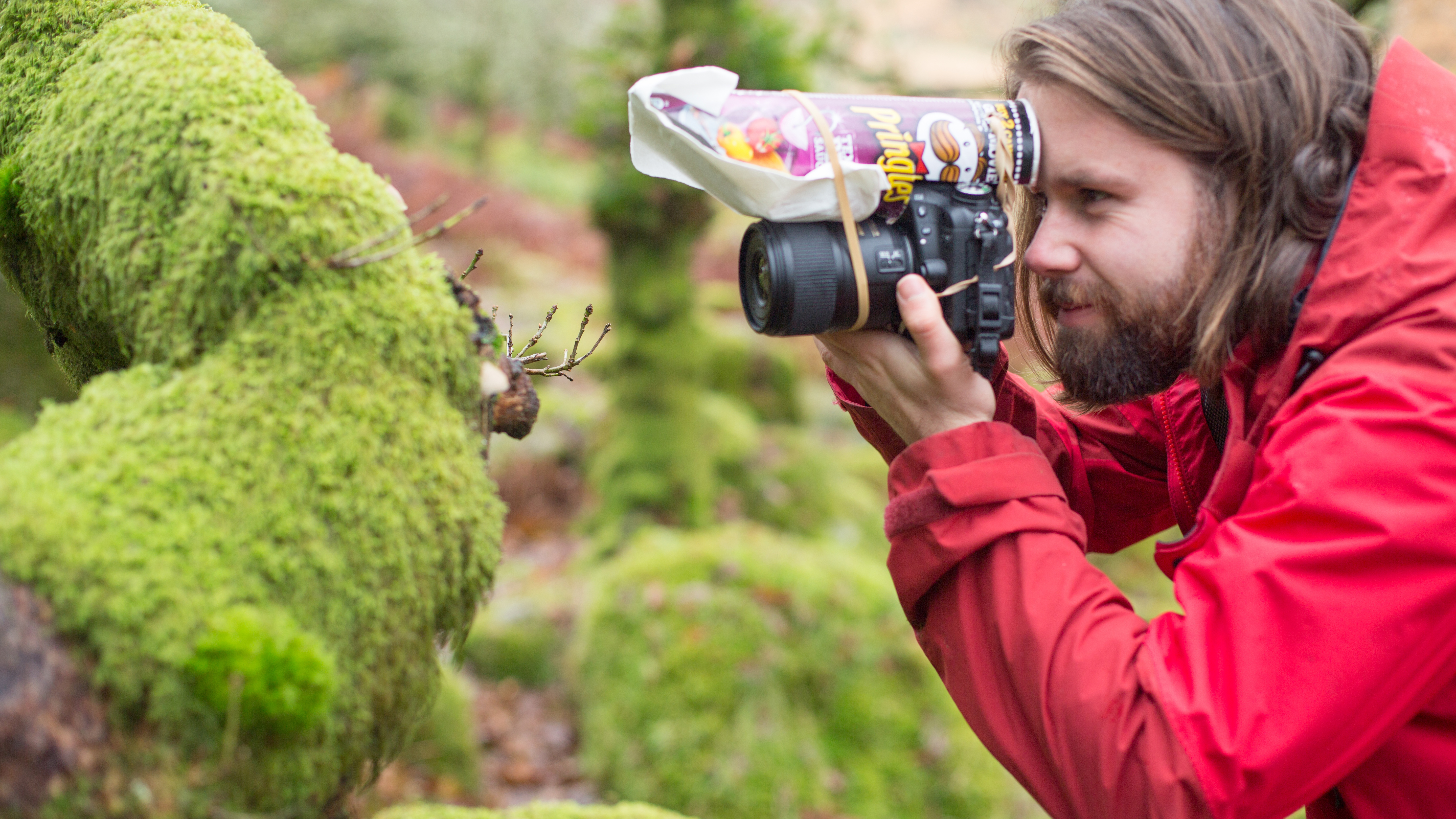
05 Get in close
Set an aperture of f/11 or f/16; depth of field gets shallower as you focus closer, but a small aperture counteracts this a little. We’re using an ISO of 1250 and a shutter speed of 1/80 sec to ensure that the background that’s not lit by the flash is visible.
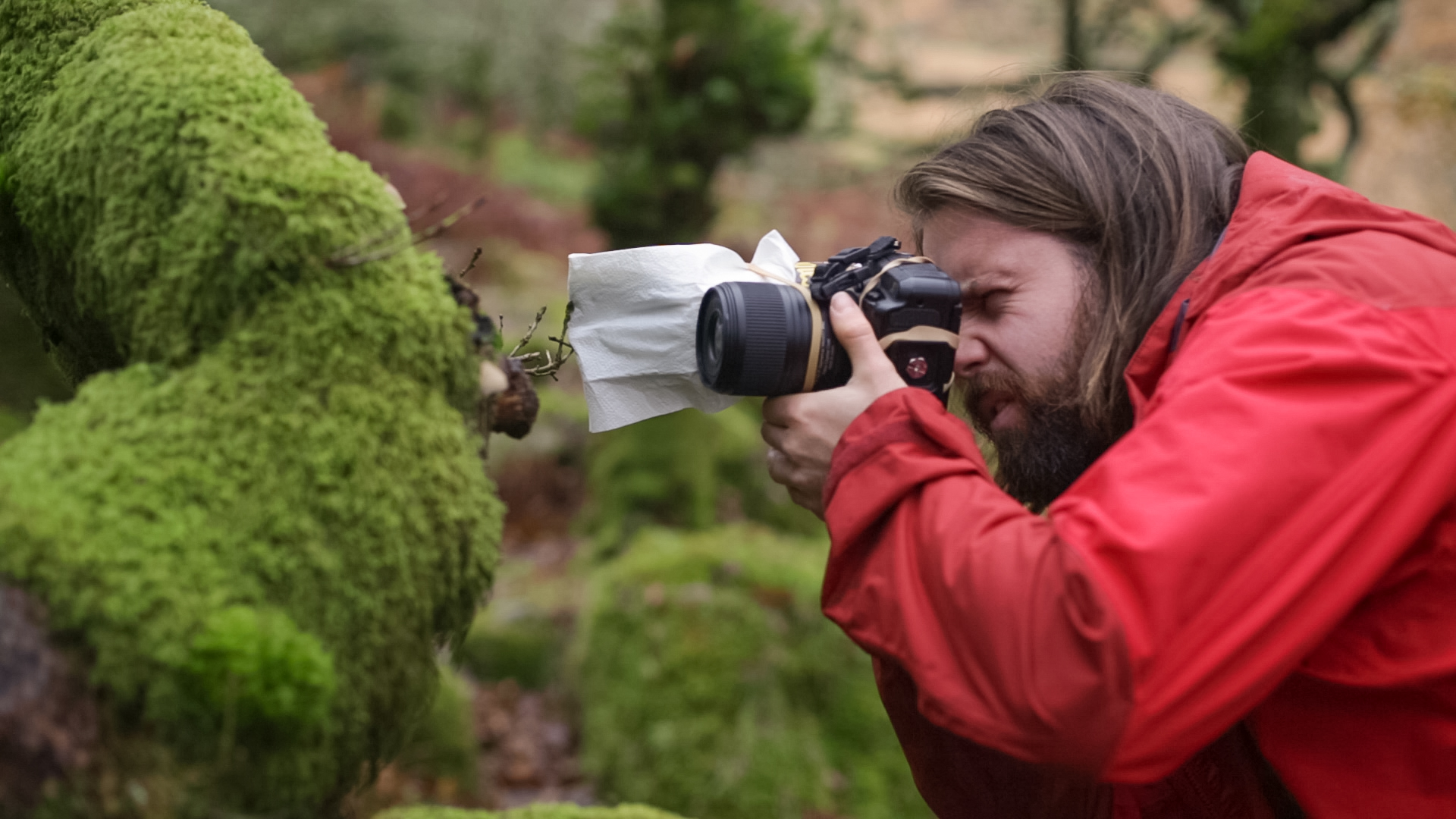
06 Experiment with composition
Try differing your composition and the direction of your light by turning the camera vertically – but if you’re photographing delicate subjects such as fungi, be aware of how close your makeshift diffuser is. The last thing you want to do is bump into them and cause damage.
N-Photo: The Nikon Magazine is a monthly publication that's entirely dedicated to Nikon users. For the best news, reviews, projects and more, subscribe to N-Photo today!
Read more:
The best macro lenses: get closer to your subjects than ever before!
Best ringflash for macro photography
5 things to know before buying a macro lens
Get the Digital Camera World Newsletter
The best camera deals, reviews, product advice, and unmissable photography news, direct to your inbox!
N-Photo: The Nikon Magazine is a monthly publication that's entirely dedicated to Nikon users. As a 100% independent magazine, you can be assured of unbiased opinion from a trustworthy team of devoted photography experts including editor Adam Waring and Deputy Editor Mike Harris.
Aimed at all users, from camera newcomers to working pros, every issue is packed with practical, Nikon-specific advice for taking better photos, in-depth reviews of Nikon-compatible gear, and inspiring projects and exciting video lessons for mastering camera, lens and Photoshop techniques.
Written by Nikon users for Nikon users, N-Photo is your one-stop shop for everything to do with cameras, lenses, tripods, bags, tips, tricks and techniques to get the most out of your photography.
